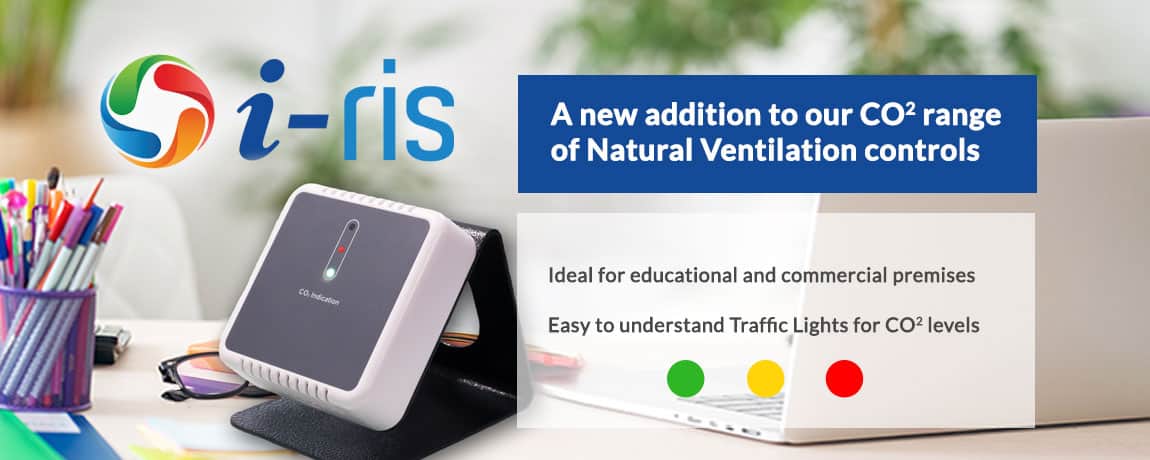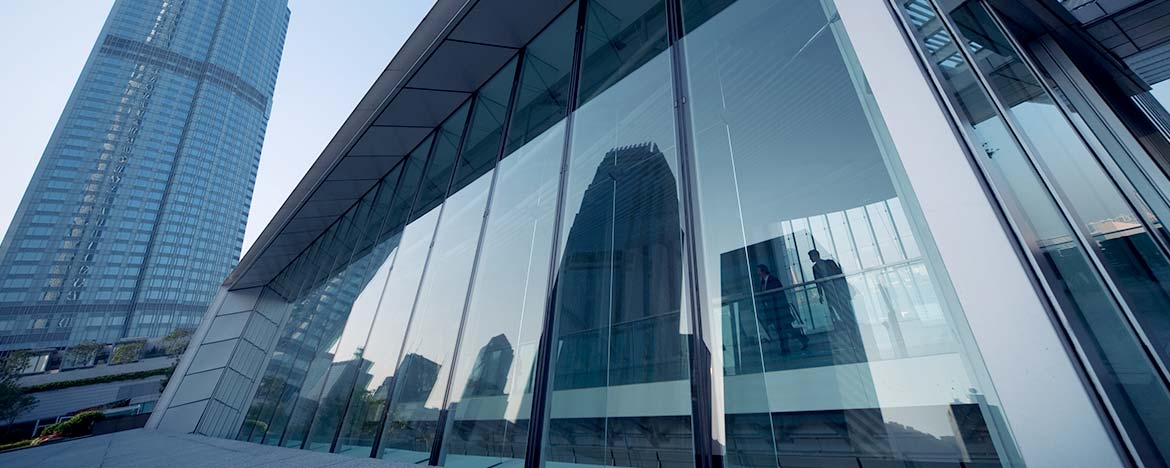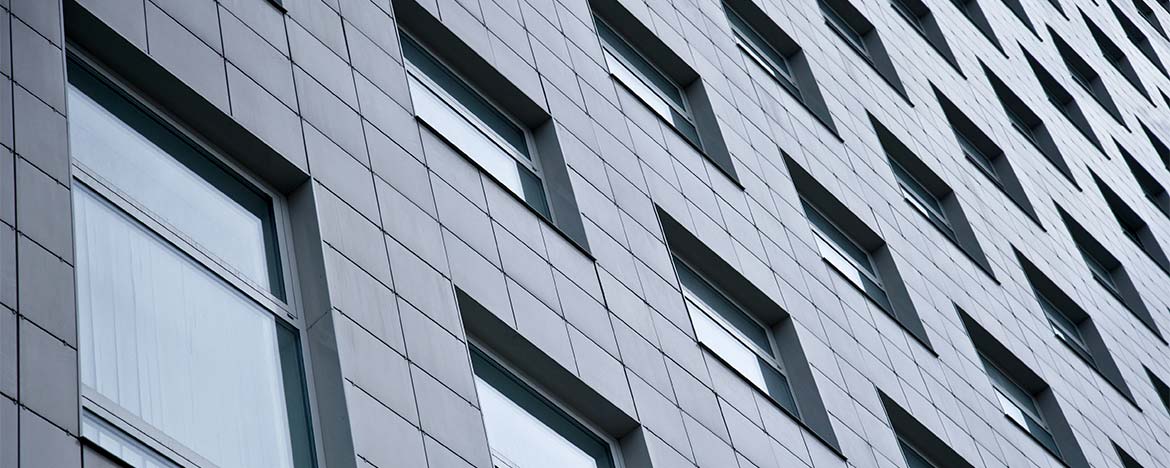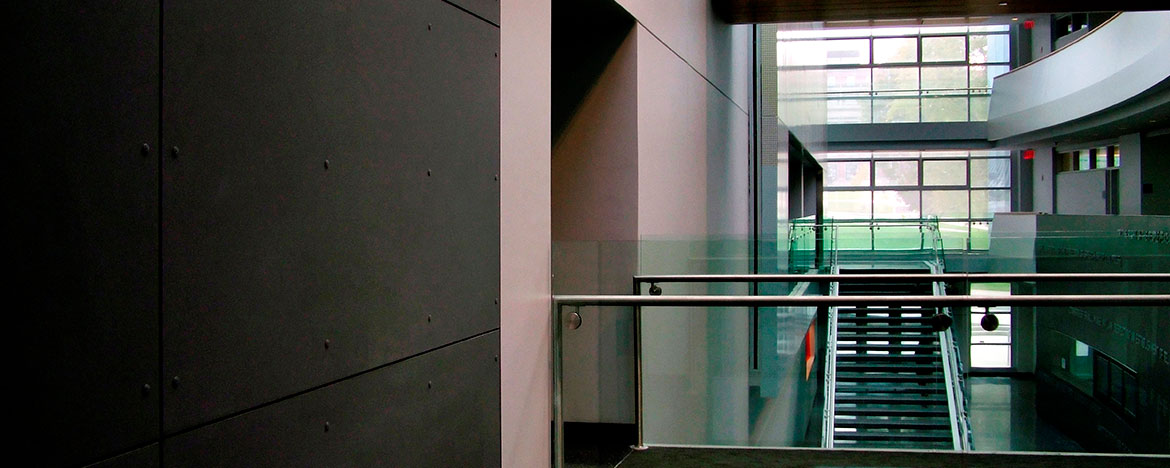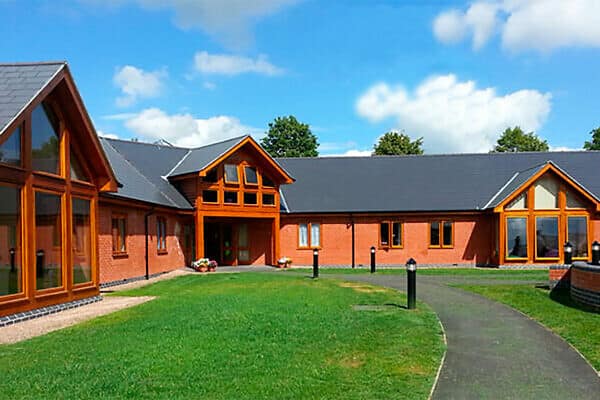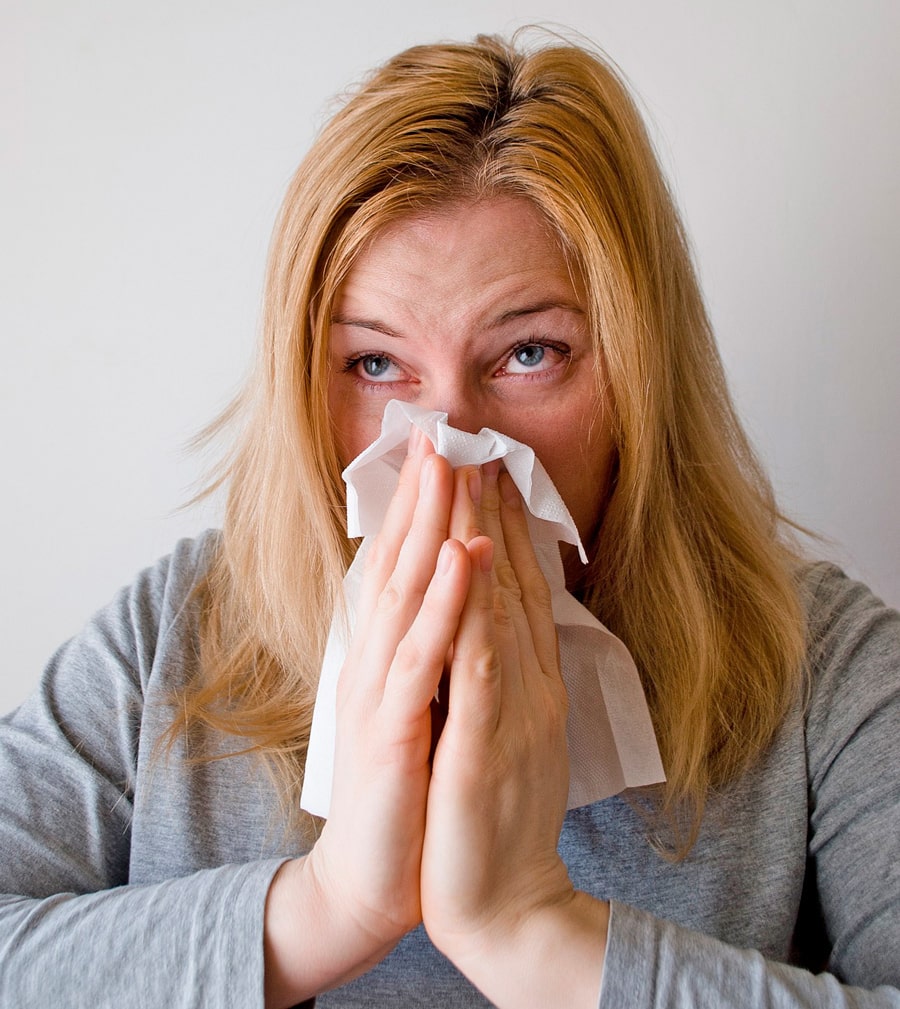
Most people spend a staggering 80-90% of their lives indoors.
Designers, architects, builders and public bodies, such as the government, hospitals and schools are now recognising the impact of a building’s internal environment on the health of it’s occupants.
The causes and effects of sick building syndrome (SBS) – typically marked by headaches and respiratory problems, attributed to unhealthy or stressful factors in the working environment such as poor ventilation – have been incorporated into studies pertaining to overall ‘wellbeing’ within the workplace and although this has given rise to a whole new industry addressing our physical and mental health at work, more needs to be done to determine the impact of heating, ventilation and air conditioning (HVAC) systems on indoor air quality.
The European Ventilation Industry Association (EVIA), in conjunction with seven other European Associations, has been working hard to develop an assessment method for determining the impact ventilation systems have on indoor air quality (IAQ). We hope this will lead to a more recognised metric that stipulates methods of calculation and identifies device characteristics, calibration intervals, tolerances and analyst competences.
If you have any concerns regarding your buildings air quality we can offer advice and Building Management Systems (BMS) to help.
SBS symptoms can affect your skin, respiratory, and neurological systems.
Among the possible symptoms are:
- throat irritation
- breathing difficulties
- tightness in the chest
- runny nose
- allergy-like symptoms, such as sneezing
- burning sensations in the nose
- dry, itchy skin rashes
- headaches
- dizziness
- difficulty concentrating
- forgetfulness
- fatigue
- irritability
- nausea
- body aches
- fever
- chills

